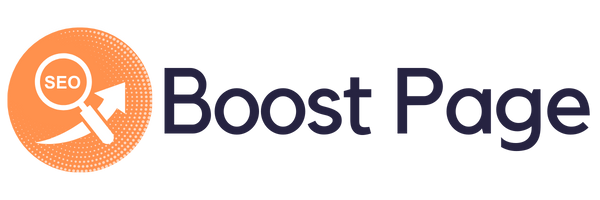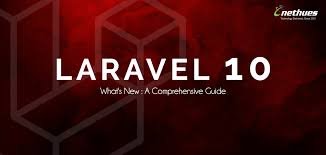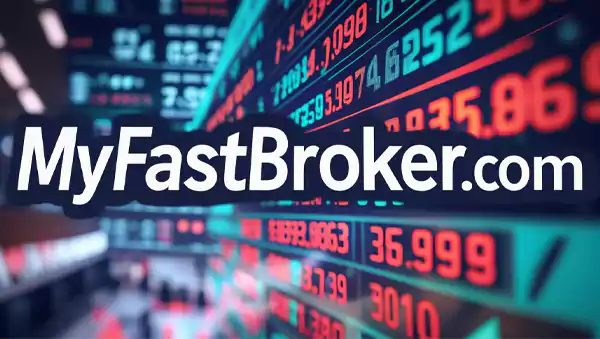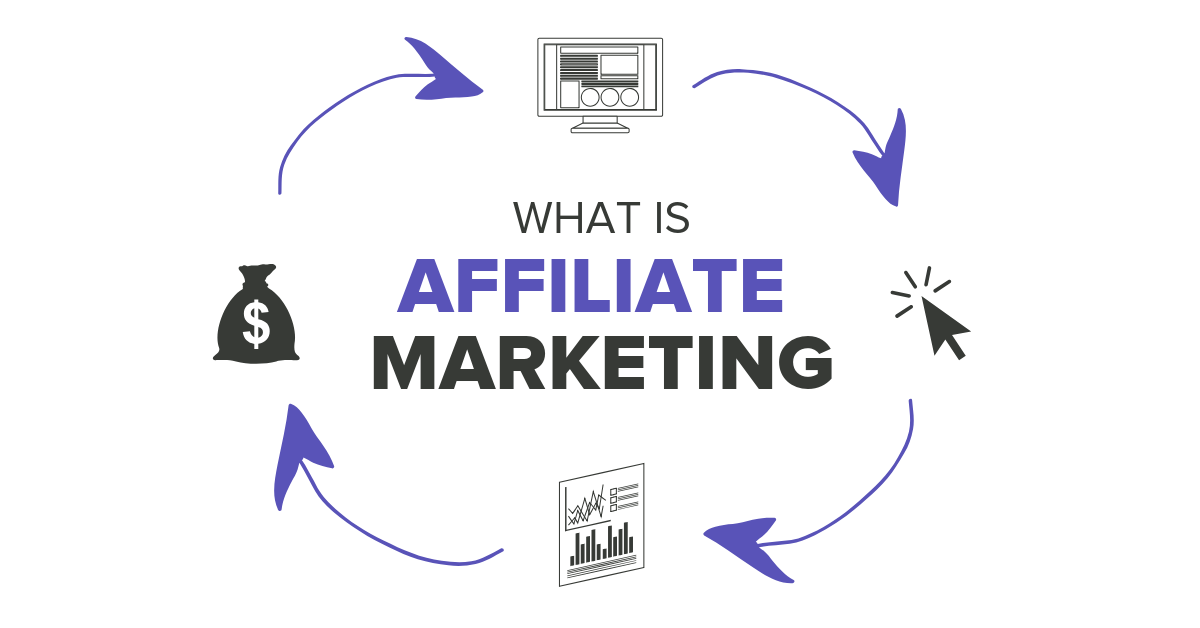Executive Summary: What “AI Run” Really Means (and What It Doesn’t)
“AI-run” does not mean replacing all humans. It means re-architecting business workflows so that AI systems perform large portions of repetitive, information-processing, or prediction tasks while people design goals, provide oversight, handle exceptions, and make final calls. Evidence from recent cross-sector studies shows AI can accelerate knowledge work and narrow skill gaps when it is deployed with controls and human review. At the same time, the same research warns of quality risks if guardrails are weak. The Stanford AI Index synthesizes dozens of field experiments and concludes that AI boosts throughput and often improves work quality across writing, coding, and customer service, especially for less-experienced workers. Macro-level estimates are becoming more sober. An IMF working paper on Europe projects medium-term productivity gains around 1% cumulatively over five years, reflecting adoption frictions, regulatory constraints, and heterogeneous task suitability—important context for return-on-investment planning. OECD analysis similarly frames AI as a production technology whose impact depends on complementary capital (data, skills, process redesign) and governance. In short: large gains are achievable, but only with deliberate organization design, risk management, and change management. From a compliance and safety standpoint, governments and standards bodies have converged on risk-based frameworks. The EU AI Act classifies systems by risk level and imposes obligations accordingly; the NIST AI Risk Management Framework (AI RMF) offers practical, voluntary controls (Govern–Map–Measure–Manage); and ISO/IEC 42001:2023 defines an auditable AI management system. These together give leaders a blueprint to scale AI while meeting regulatory expectations and stakeholder trust requirements. Functions AI Can Run Today: An End-to-End View of the Enterprise AI is most valuable when it is embedded into core processes with clear objectives, quality thresholds, and escalation paths. The table below maps high-leverage business functions to AI capabilities and the most relevant governance references for safe deployment. Business function AI can run… Human role Governance references Customer operations Triage, routing, knowledge retrieval, response drafting Review complex cases; quality spot checks NIST AI RMF; EU AI Act transparency rules Sales & marketing Segmentation, propensity scoring, content drafts Strategy, brand, compliance review FTC guidance on avoiding deceptive AI claims Finance & risk Anomaly detection, reconciliations, first-line monitoring Exceptions, policy, final sign-off BIS/FSB on AI in finance; model risk controls HR & talent Screening aids, interview scheduling, skills matching Bias audits, adverse-impact testing, decisions EEOC guidance on AI in employment IT & cybersecurity Code assistance, ticket triage, threat detection Secure coding standards, incident response ISO/IEC standards (42001; 27001 alignment) Well-designed deployments align with the EU’s risk-based approach—minimal oversight for low-risk uses and rigorous controls for high-risk ones. The NIST AI RMF provides concrete actions for mapping use cases, measuring risks, and managing them through lifecycle checkpoints. ISO/IEC 42001 then operationalizes governance with policies, roles, KPIs, and continuous improvement—useful if you anticipate audits or need to demonstrate conformity to customers and regulators. Sector-specific authorities add depth. In finance, the Bank for International Settlements and the Financial Stability Board outline benefits and systemic risks. In HR, the U.S. EEOC clarifies that anti-discrimination laws apply to AI tools, and offers publications on assessing adverse impact—critical for compliant hiring automations. The Operating Model: People-in-the-Loop and Control-by-Design Running work with AI requires three layers: (1) task decomposition, (2) orchestration, and (3) oversight. Start by breaking processes into steps and assigning steps to the most suitable mechanism—rule-based automation, predictive models, or generative systems. Then use orchestration to pass work among systems. Finally, embed human review where regulatory obligations, safety risks, or economic impact justify it. The NIST AI RMF Playbook enumerates practical actions for each lifecycle phase, which you can map directly to your software development and quality gates. Governance should be continuous, not episodic. ISO/IEC 42001 recommends establishing an AI policy, defining responsibilities, maintaining an inventory of AI systems, assessing impacts before deployment, and tracking incidents and improvements—mirroring how many firms already manage information security under ISO/IEC 27001. This “management system” approach turns AI from ad-hoc pilots into a repeatable operating capability with audit trails. Pair it with clear model documentation and change control for updates, retraining, and prompt revisions. Because AI systems can affect rights and safety, transparency and explainability matter. The EU AI Act requires specific disclosures for certain categories, while the UK Information Commissioner’s Office provides step-by-step guidance on explaining AI-assisted decisions under data-protection law. Risk, Compliance, and Trust: The Non-Negotiables Three families of requirements safeguard an AI-run business: (1) safety/robustness, (2) privacy/fairness, and (3) truthful communications. Safety & robustness. Build adversarial tests and stress scenarios into model evaluation; monitor drift; and set automated kill-switches when metrics breach thresholds. The NIST AI RMF provides measurable outcomes and control ideas across “Map–Measure–Manage,” while ISO/IEC 42001 elevates them into policy and audit artifacts. For highly regulated uses, align with sector guidance from BIS/FSB. Privacy & fairness. Where personal data is processed, apply privacy-by-design and human oversight for impactful decisions. The UK ICO’s Guidance on AI and Data Protection details fairness, transparency, accuracy, and lawfulness. For employment uses, consult EEOC publications on AI-based selection, disability accommodations, and adverse-impact analysis before deploying screening tools. Truthful communications. Marketing or product claims about AI must be accurate and non-deceptive. The U.S. Federal Trade Commission has brought cases and published guidance warning that there is “no AI exemption” from existing consumer-protection law. Workforce Impact: What Tasks Shift to AI—and How to Lead the Transition AI primarily changes tasks, not whole jobs. The International Labour Organization finds that generative AI’s largest effects are on task composition and job quality, with transformation rather than mass displacement in many occupations. Exposure varies by sector and activity; clerical and routine cognitive tasks are more affected than hands-on roles. Training must be timely and contextual. The Stanford AI Index reports that AI narrows performance gaps for less-experienced workers when paired with clear instructions and feedback loops. However, performance can degrade if workers over-rely on AI without verification. Design “human-in-the-loop” patterns: give employees structured prompts, checklists for acceptance criteria, and escalation routes for ambiguous cases. Measure both speed and quality so gains don’t come at the cost of errors
Read More














